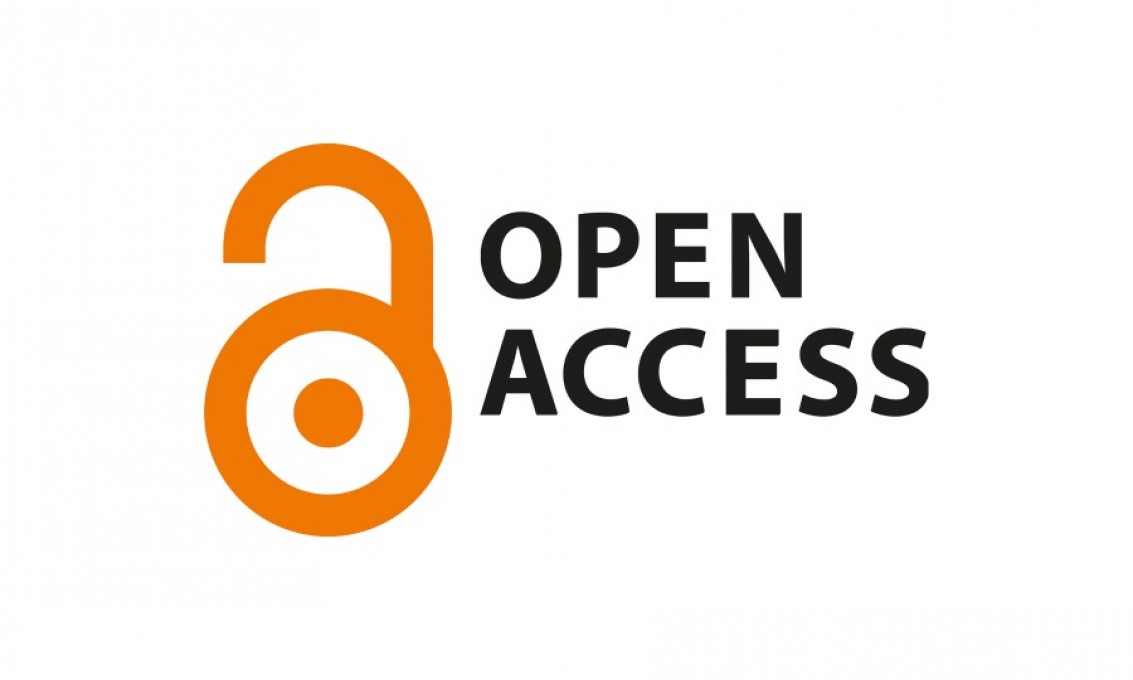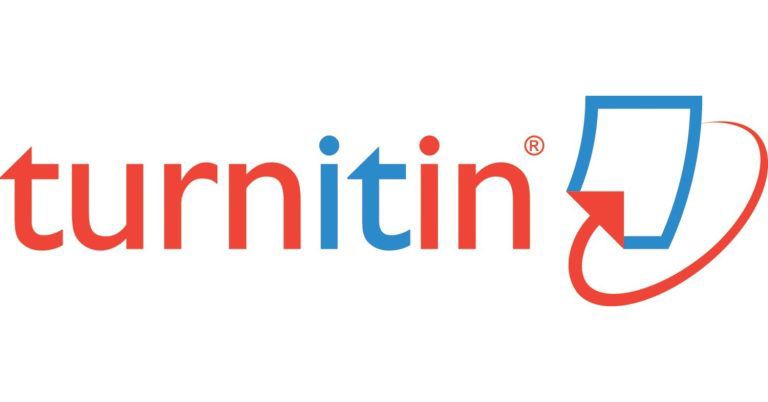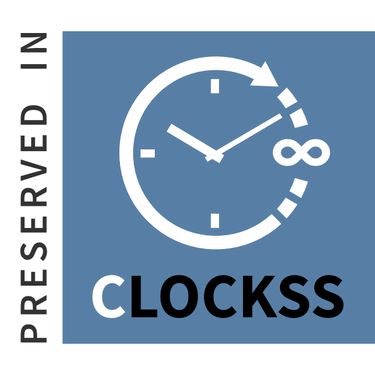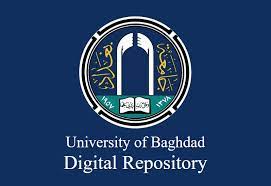The Effect of the Random Stimulation Strategy on Learning the Skills of Upper and Lower Passing in Volleyball for Second-Year Middle School Girls
DOI:
https://doi.org/10.54702/zfj3k810Keywords:
Randomization Stimulation Strategy, Passing from Above, Passing from Below, VolleyballAbstract
Randomization stimulation strategy is one of the strategies that encourage learners to think by making connections between two or more images that may initially appear to have no relationship. Here, learners are required to think and search for the link or relationship between the images. The research problem lies in the students' lack of proficiency in passing the volleyball from above and below, attributed by the researchers to the limited use of modern strategies that engage learners actively, as well as the learners' feelings of boredom. Therefore, the research aims to prepare instructional units using the randomization stimulation strategy for learning the skill of passing the volleyball from above and below, in addition to investigating the impact of the randomization stimulation strategy on learning the studied skill. The researchers employed an experimental approach with two groups, a control group and an experimental group, using both pre-test and post-test assessments with random selection. The study involved 50 female students from the second intermediate grade out of a total of 72 students, drawn from two classes, (B) and (C). The research tools included skill tests for both passing from above and passing from below. After conducting the pre-tests, eight instructional units were implemented using the randomization stimulation strategy, with an average of four instructional units for each skill. The duration of each instructional unit was 45 minutes. Subsequently, post-tests were administered, and the most significant findings indicated that the randomization stimulation strategy had a positive impact on learning both passing skills from above and below in volleyball. Additionally, the group that utilized the randomization stimulation strategy outperformed the group that used the conventional approach in learning the studied skills, and this achieves one of the sustainable development goals of the United Nations in Iraq which is (Quality Education). The researchers recommended that the study's results be considered as a starting point for new research projects in the field of volleyball and other sports. They also suggested utilizing the study's findings for teaching the skill of passing from above and below using the randomization stimulation strategy, given its demonstrated effectiveness in the educational process. Furthermore, they encouraged the exploration of new strategies in this regard.
References
Hamoudi, L. Sameer. (2013). The effect of the concept mapping strategy on the development of emotional intelligence and activation of the right side of the brain, and learning the skill of serving in volleyball. Modern Sports, 12(19), p. 13. https://jcopew.uobaghdad.edu.iq/index.php/sport/article/view/424
Fatima Naeem Abdullah, & Luma Sameer Hamoudi. (2020). Double coding and its relationship to learning the skill of preparing and receiving a serve in volleyball among fifth-grade middle school female students. Modern Sport, 19(1), P103. https://doi.org/10.54702/msj.2020.19.1.0097
Abdul Ameer, S. M., Intisar, A., Hamoudi, L. S. (2018). The mental capacity and its relation to the performance of skills and transmitter reception of volleyball for female students. Modern Sport, 17(3). P10. https://jcopew.uobaghdad.edu.iq/index.php/sport/article/view/763
Basma Naeem. (2010). The effect of education according to the metacognitive strategy for those who take risks versus caution in learning and retaining some basic volleyball skills. Doctoral dissertation p.218- 229.
Ula Salam Ghazi, & Huda Abdul-Sameea. (2021). Predicting mental motivation in terms of some artistic gymnastics’ skills for students of the College of Physical Education and Sports Sciences. Modern Sport, 20(2), 0127. https://doi.org/10.54702/msj.2021.20.2.0127
Raheeq Nazar, & Nuhad Muhammed. (2022). Expectations of self-efficacy and its role in some mental abilities and basic skills in badminton for female students. Modern Sport, 21(1), P47. https://doi.org/10.54702/msj.2022.21.1.0044
Ali, I. A., Abdul-Ridha. B. K., Majeed, I.S. (2017). The Attention Unit and Its Relationship with Dynamic Balance, Physical, and Mechanical Abilities of Balance Athletes. Modern Sports, 16(1), p. 9. https://jcopew.uobaghdad.edu.iq/index.php/sport/article/view/75
Sakhai, H. S. (2009). The Impact of Mental Training Exercises on Enhancing the Accuracy of Some Fundamental Skills in Sitting Volleyball. Modern Sport, 8(11). P36. https://jcopew.uobaghdad.edu.iq/index.php/sport/article/view/330
Tamara Ahmed Yas, & Mawahib Hameed Numan. (2020). Processing information and its relationship to the performance of the skills of preparation and receiving the serve in volleyball for female students. Modern Sport, 19(1), P135.
Downloads
Published
Issue
Section
License
Copyright (c) 2024 Modern Sport

This work is licensed under a Creative Commons Attribution 4.0 International License.















